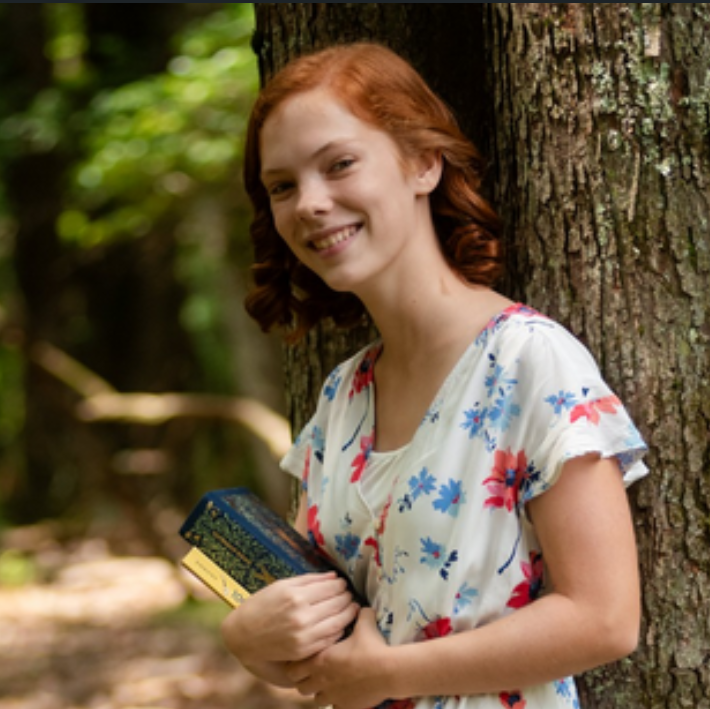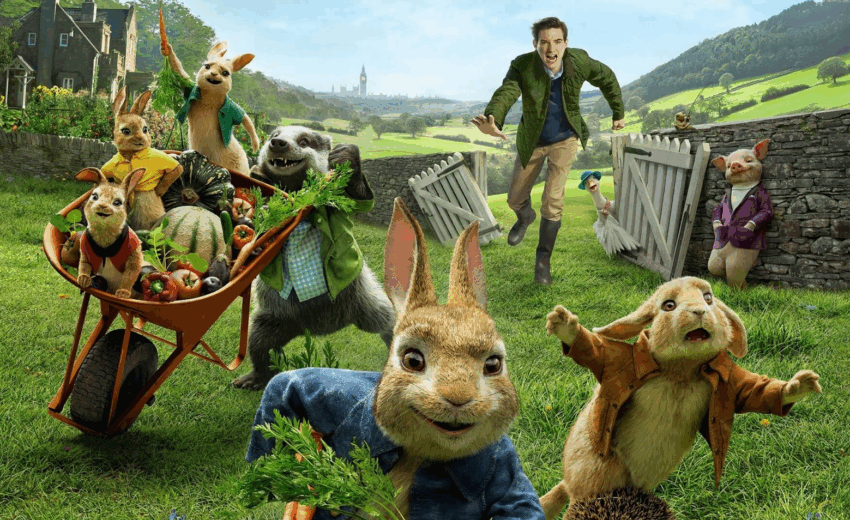I’ve talked a lot on the blog about how damaging it can be for a story when the writers have the characters laugh at themselves, their situation, or (worst of all) emotional moments. Part of why I talk about it so much is because of how popular it’s become. It’s hard to find a single book, show, or movie that allows itself to be serious all the way through. This habit is destroying the audience’s sense of depth, cutting them off from profound thoughts and ideas by laughing at them instead of considering them seriously.
So you may be wondering… is it ever okay to laugh at yourself? Can your characters ever cut off an emotional monologue with a joke, or should you just leave out the monologue to begin with? Is there a place for your characters to laugh at each other’s struggles, conflicts, and emotions? Or is this technique doomed to cheapen your story?
This week, the animation-live action retelling of the classic tale Peter Rabbit brings us the answers.
Peter Rabbit
Set in the modern day, where Beatrix Potter is a young artist with a passion for the local wildlife, Peter Rabbit and his family pursue their classic goal of stealing as much produce from Mr. McGregor’s garden as possible. Despite Bea’s concern for Peter’s safety and McGregor’s continued threats that he will end Peter the same way he did his father, Peter is overconfident and undeterred from bothering Mr. McGregor any way he can come up with.
But when one of his pranks goes too far, McGregor suffers a heart attack, and suddenly McGregor manor and grounds are passed on to his nephew, Thomas. Although Thomas initially plans to move into the manor only long enough to appraise its condition for sale, he is distracted by his pleasant new neighbor, Bea — and a grand battle between him and the wildlife for control of his new inheritance. Peter and his friends understand that, since Mr. McGregor is no longer around, the natural thing would be to have the property fall to the animals who would actually use its shelter and grounds. Thomas, however, disagrees.
So the two engage in a battle to win the land while appearing to tolerate the other for Bea’s sake. The movie can’t take anything — from the conflict to the characters to the romance — seriously. They’re constantly laughing at each other, and even the narrator points out how hardly-believable the story seems at times. Multiple times, Peter looks directly in the camera to make commentary or apologize for the situation, and yet somehow, it doesn’t cheapen the depth of the movie.
When to Laugh at Yourself
And yes, this movie has depth. Peter’s parents are important figures that influence his current choices. Their deaths are treated with reverence and meaning. Peter’s struggles feel real and authentic, even as the characters use over-the-top exposition as a humor device to explain away his motivations.
So how did the writers do this? How did they manage to laugh at themselves so many times and yet maintain the heart of the story?
The first (and most important) thing that allows them to do this is the fact that the movie is literally a comedy. Its primary goal is not to cause any emotional reaction other than laughter. Although some comedies meld depth and heart with laughter, many, many more forgo that sort of meaning altogether in order to have the greatest humorous impact on the viewer. When you sit down to watch Peter Rabbit, you aren’t expecting the movie to wrestle with abstract philosophical ideas or cause deep emotional reactions, so you don’t feel robbed when the movie treats any scenes that could be interpreted that way as a joke. The viewer wasn’t promised anything more, so they don’t feel cheated out of meaning.
In short, if you’re writing a comedy, it’s expected that you take every possible moment to laugh at yourself. You’ll have a much harder time disappointing your audience if you’re upfront with them about the genre and then set out to make every scene as funny as possible.
On top of that, making fun of yourself can also make your story palatable across different audiences. Peter Rabbit is a movie written for and targeted at kids, yet adults are able to enjoy it because it doesn’t take itself too seriously. It recognizes that it has a younger main audience and then treats the older individuals who might be watching like special guests who get inside jokes and references because they took a chance on a movie that wasn’t written with them in mind. Kids are left laughing at the action sequences and slapstick while adults are able to enjoy the witty commentary mocking common cliches in similar movies. That levity and ability to laugh at their own storytelling draws people in who otherwise might not have enjoyed or even seen the movie.
But at the same time, that doesn’t mean you have to laugh at the serious parts of your story if you don’t want to. Every story has a few of them, and while some comedies decide to laugh in the face of pain and death, you don’t have to. In a comedy, you’ll only get maybe two or three scenes that can carry any sort of heavy ideas. So if you want to make them count, go for it.
Peter Rabbit definitely did. Although it wasn’t often, when Peter talked about his parents or remembered the moment his father was killed, the writers didn’t interrupt the scene with a joke. Instead, they let the conversation shift to other topics — and then made fun of those without hesitation.
But if you’re all right with your audience laughing or cringing all the way through the story, don’t worry about what moments you mock. If you hope they take every opportunity to laugh — no matter how irreverent — then don’t hesitate to make fun of even the most serious moments. There are so many opportunities for laughter that only come when you take off the guard rails, so to speak, and let your sense of humor run wild. Laugh at the moments that other people are afraid to poke fun at, and you might be surprised to find that your story transcends boundaries between audiences and achieves a unique style of humor along the way.



Let us know:
What stories have you noticed make fun of themselves well? Do you plan to do that in your own work?


Hi! My name is Mara, and I’m a Christian artist, violinist, and blogger. I remember the day that I decided that I would learn something new about what makes a good story from every book I picked up — whether it was good, bad, or a mixture of both. I use this blog as a way of sharing some of the tips and tricks I’ve learned, and highlight which books, cartoons, and movies have taught me the most about writing an awesome story.


What about contrast? My plan is to have my particular book follow almost two separate tones. When the main characters are together doing normal adventuring things, the tone is more lighthearted and humorous. But whenever the main antagonists appear, the tone becomes significantly darker to show just how serious a threat the protagonists face. How does one write this?
I would say that’s a different issue. Peter Rabbit worked because the characters actively made fun of their own story. Unless your main characters are pointing out plot holes and cliches in your work while the villain is completely serious, I think you might do better to read Sophia’s article on contrast, here 🙂 : https://storyfortress.com/spider-man-far-from-home-use-the-power-of-contrast/
Hope this helps!